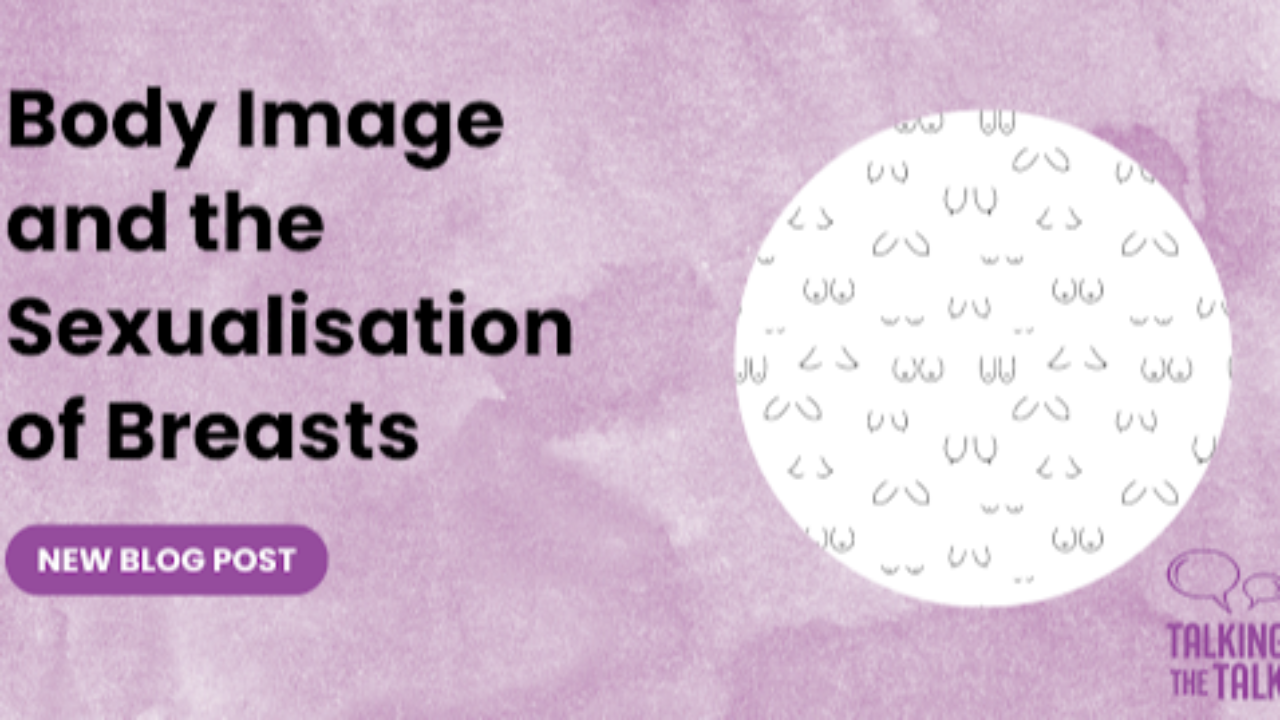Body Image and the Sexualisation of Breasts
Oct 16, 2023
It’s Breast Cancer Awareness Month and Pink Ribbon Day is right around the corner, so I thought we could chat about body image and the sexualisation of breasts.
For centuries breasts have been a subject of fascination, considered to be a symbol of femininity, fertility, beauty and sensuality. Allo health reports that historically in many cultures throughout Africa and the Middle East, “breasts were often uncovered and displayed as a form of cultural expression.” This is a stark contrast to the heavy sexualisation of breasts in modern Western cultures, which tend to be seen as a symbol of men’s desire and entitlement. This is likely due to the rise of the porn industry and the objectification of women’s bodies in advertising and the media.
It is important to mention the biological and evolutionary aspects where the sexualisation of breasts can be understood as a way to attract potential mates. In this circumstance, larger or rounder breasts may be perceived as a signal of fertility. However, the sexualisation of breasts in Western culture goes far beyond these biological and evolutionary aspects.
The sexualisation of breasts in advertisements, movies and TV often reduces women’s bodies as a tool targeted to men’s pleasure, disregarding women as humans with thoughts, feelings and desires. Porn has contributed to unrealistic beauty standards due to the use of makeup, flattering camera angles and actors, many of whom have had surgery and other enhancements to their bodies. The rise of violence in pornography has resulted in a culture of heterosexual men’s dominance over women, as well as prioritising men’s pleasure over that of women’s. This is very concerning, especially because Our Watch reports that
“...on average, young men are viewing pornography for the first time 3 years before their first sexual relationships and young women 2 years before their first sexual relationship. This data suggests that there is a significant opportunity for pornography to influence young people’s views and attitudes at a time in their lives when they are developing an understanding about sex and sexual relationships…”
As a result, women with larger breasts are often hypersexualised, catcalled and harassed, while women with smaller breasts are made to feel insecure about their bodies and might feel pressure to conform to beauty standards. This may also result in people having unrealistic standards about what breasts should look like, further perpetuating the issue.
In this society your breasts are either ‘too small’ and ‘not good enough’, or ‘too big’ which often justifies harassment from men.
The sexualisation of breasts has become so normalised that this study discusses how “in Western culture the sexual role of breasts may be more dominant (in television, movies, advertising, etc.) than their biological role”. As a result, some people find it disturbing when a parent breastfeeds in public as they are used to perceiving breasts in an oversexualised manner. Despite breastfeeding in public being a legal right, many parents are concerned about the negative reactions they may receive from other people.
When did feeding your baby in public become such an issue? We need to peel back the layers of what society has taught us and look at breastfeeding for what it is - a parent nourishing their baby. It’s not something that is sexual at all, and parents should not be made to feel judged or ashamed for doing so.
When it comes to breastfeeding, the sexualisation of breasts and body image, it’s important to think about it through a child focused lens. Be aware of what your children are learning and seeing from the messages around them everyday. An important reminder for our kids (and for adults too) is that all aspects of the body, including breasts, are as unique as someone’s face and they come in all shapes and sizes. This is shown in this artwork by vielma.art on instagram.

Parents, I urge you to think about the messages your child is receiving from the world around them everyday. Use teachable moments from advertisements or movies to call out misogynistic themes and talk to your child about why it’s so harmful. Talk to them about the harms and risks of pornography’s messages and encourage them to have a positive outlook, and foster a sense of self about their body.
If you are looking for guidance on how to talk to your kids about all things sex, sexuality, diversity, puberty, respectful relationships, consent and more I cover this all in my new book “Talking Sex: A Conversation Guide for Parents!” You can purchase the book here.

